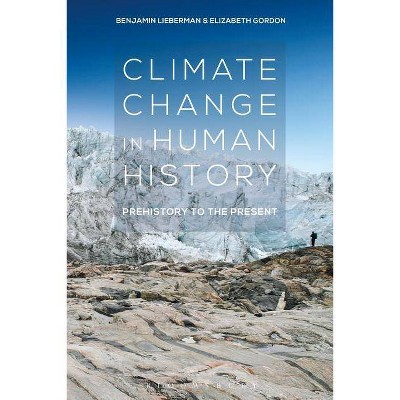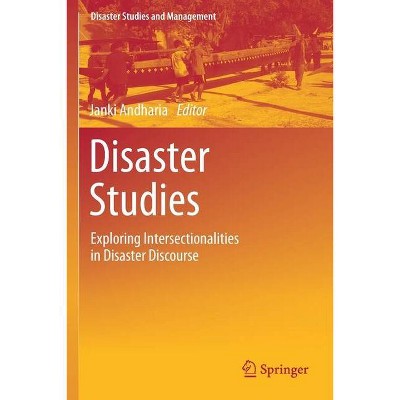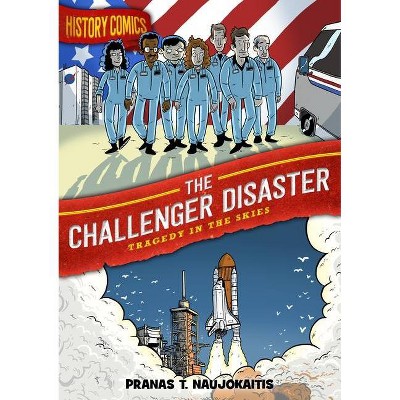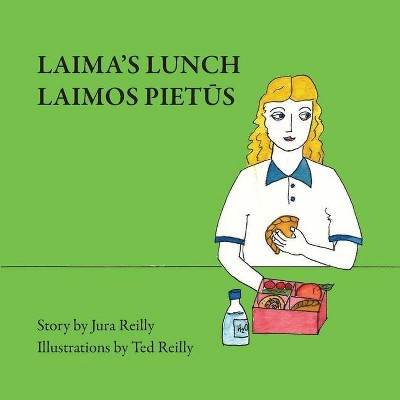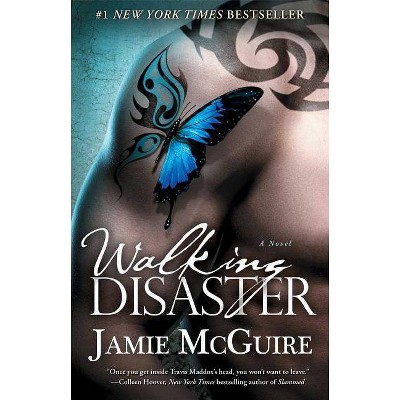Disaster and Human History - by Benjamin Reilly (Paperback)
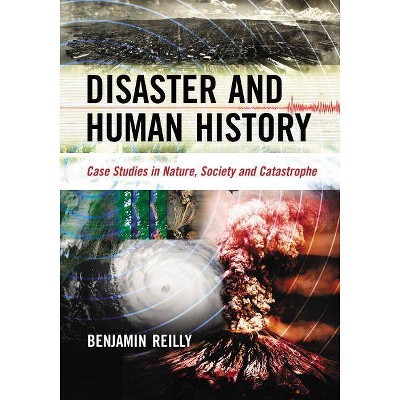
Similar Products
Product info
<p/><br></br><p><b> About the Book </b></p></br></br>Natural disasters have played an integral role in human history since the dawn of civilization. Volcanic eruptions have been credited with the fall of civilizations, pandemic diseases have affected multiple generations, and massive famines have killed or impoverished millions. But in many cases, "natural" disasters are anything but. Famines are almost invariably caused by or related to domestic and international wars, diseases are either intentionally or unintentionally spread from one nation to another, and, while humans play little to no role in producing volcanoes and other earth phenomena, the impact of these events are far worsened by humans' poor decisions on locating communities upon major fault lines, building substandard housing, or creating inadequate community evacuation or relief plans. This book examines the relationship between mankind and the natural environment through the lens of natural disasters, where the interaction between humanity and its environment comes into sharpest focus. The text achieves this goal through the examination of 22 case studies spanning the last 150 years, looking at familiar events like the Irish Potato Famine alongside relatively unknown disasters such as the 1970 Bhola Cyclone and the 1908 Messina Straits earthquake. In addition to the case studies, the book explores two main themes. First, it focuses on human agency as a factor in natural disaster, identifying to what degree humans have triggered or exacerbated natural disasters through their own economic, political, or cultural choices. Second, it explores interrelationships between different forms of disaster. For example, rather than examining cyclones in isolation from other disasterforms, the text considers cyclones within the context of global warming and El Nino, both of w<p/><br></br><p><b> Book Synopsis </b></p></br></br><p>Natural disasters have played an integral role in human history. Volcanic eruptions have been credited with the fall of civilizations, pandemic diseases have affected multiple generations, and massive famines have killed or impoverished millions. But in many cases, "natural" disasters are anything but. Famines are almost invariably caused by or related to domestic and international wars, diseases are either intentionally or unintentionally spread, and, while humans play little to no role in producing volcanoes and other earth phenomena, the impact of these events are worsened by human decisions. This book examines the relationship between humanity and the natural environment through the lens of natural disasters, where the interaction comes into sharpest focus. Instructors considering this book for use in a course may request an examination copy here.</p><p/><br></br><p><b> Review Quotes </b></p></br></br><br>"a very usable environmental manual...writing is engaging...could be a valuable resource...significantly relevant"--<i>Teaching History: A Journal of Methods</i>; "a very enjoyable read, offering the tension and drama these hazards deserve."--<i>Natural Hazards Observer.</i><br><p/><br></br><p><b> About the Author </b></p></br></br><b>Benjamin Reilly</b> is an environmental historian who has been working at Carnegie Mellon University's branch campus in Qatar since 2004. His many publications have touched on topics as various as French Revolutionary ideological discourse, lactose tolerance amongst Arabian Bedouins, railroad-building in southern Florida, slavery and agriculture in the Arabian Peninsula, and Europe's long engagement with the Eternal City of Rome.
Price History
Cheapest price in the interval: 35.49 on October 28, 2021
Most expensive price in the interval: 35.49 on November 6, 2021
Price Archive shows prices from various stores, lets you see history and find the cheapest. There is no actual sale on the website. For all support, inquiry and suggestion messagescommunication@pricearchive.us
